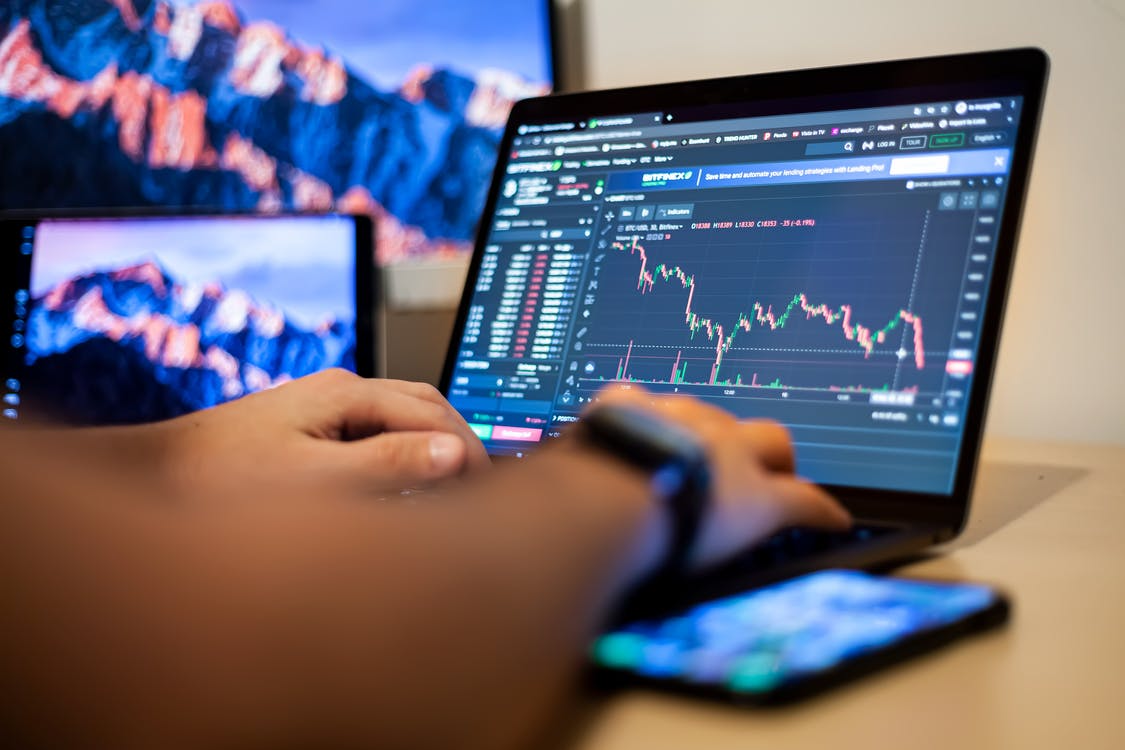Buzz Haven: Your Daily Dose of News and Information
Stay updated with the latest trends, news, and insights from around the world.
The Secret Life of Pips and Spreads
Uncover the hidden truths of pips and spreads! Dive into the secrets that every trader needs to know for success in the market.
Understanding Pips: The Building Blocks of Forex Trading
Pips, short for 'percentage in point,' are the smallest price move that a given exchange rate can make based on market convention. In most currency pairs, a pip is typically equal to 0.0001, or 1/100th of 1%. Understanding pips is crucial for forex traders because it directly impacts the calculation of profit and loss. For instance, if the EUR/USD pair moves from 1.1000 to 1.1001, that 0.0001 increase represents one pip. Thus, knowing how to measure pips can assist traders in making informed decisions regarding their trades and strategies.
Moreover, pips play a significant role in risk management. By quantifying potential gains and losses in pips, traders can set appropriate stop-loss and take-profit levels. For example, if a trader buys a currency pair at 1.2000 and sets a target of 50 pips, they would aim to sell when the price reaches 1.2050. Such clear definitions of risk and reward can help traders navigate the often volatile forex market with greater confidence.

Spreads Explained: How They Impact Your Trading Profits
Spreads play a crucial role in the trading landscape, impacting every trader's bottom line. In simple terms, a spread is the difference between the bid price and the ask price of a financial asset. For instance, if a currency pair has a bid price of 1.2000 and an ask price of 1.2010, the spread is 10 pips. This cost is effectively what traders pay to enter and exit positions, making it essential for them to understand how spreads affect their trading profits. Traders often overlook this cost, but a higher spread can significantly reduce potential gains, especially for those engaging in high-frequency trading or scalping strategies.
There are two primary types of spreads: fixed spreads and variable spreads. Fixed spreads remain constant regardless of market conditions, providing predictability for traders. On the other hand, variable spreads fluctuate based on market volatility, potentially widening during high-impact news events. It's important for traders to evaluate both types when choosing a broker, as a tighter spread can enhance profitability, enabling them to keep more of their gains. Understanding how these spreads impact your trades is essential; effective management of trading costs can lead to better overall performance and increased profitability.
What Every Trader Must Know About Pips and Spreads
Trading in the foreign exchange market can be complex, but understanding pips and spreads is fundamental for every trader. A pip, or percentage in point, is the smallest price move that can occur in the currency market, typically representing a one-digit change in the fourth decimal place of a currency pair. For instance, if the EUR/USD moves from 1.1000 to 1.1001, that's a movement of one pip. Spreads, on the other hand, represent the difference between the bid price and the ask price of a currency pair. This difference is crucial because it directly impacts your trading costs and overall profitability.
Understanding these concepts can significantly enhance your trading strategy. Here are some key points every trader should consider:
- Pip Valuation: The value of a pip can vary based on the currency pair and the size of your trade, so be sure to calculate it accurately to manage your risk wisely.
- Spread Variability: Spreads can change depending on market conditions. During periods of high volatility, spreads may widen, which can affect your trading results.
- Choosing Brokers: Different brokers offer different spread types, including fixed and variable spreads. Knowing this can help you choose the right broker for your trading style.
By mastering the intricacies of pips and spreads, you'll be better equipped to make informed trading decisions and improve your overall trading performance.